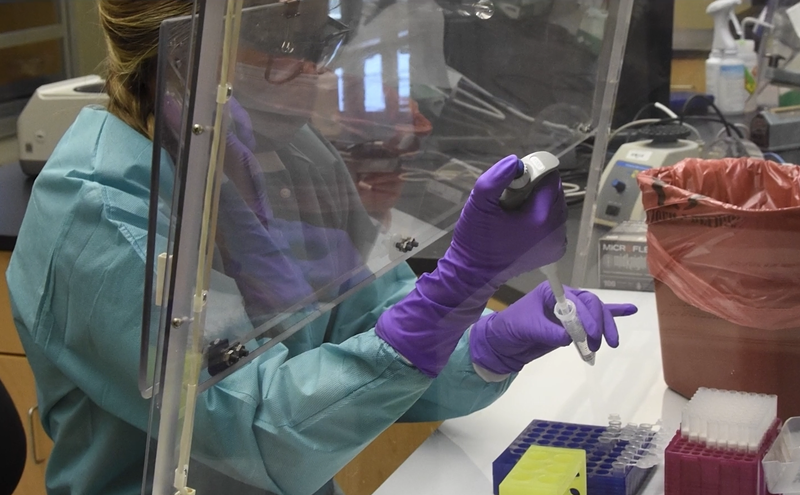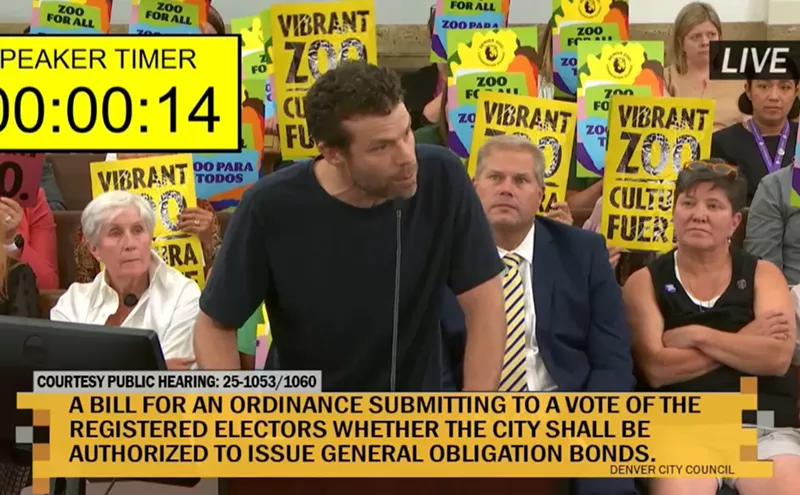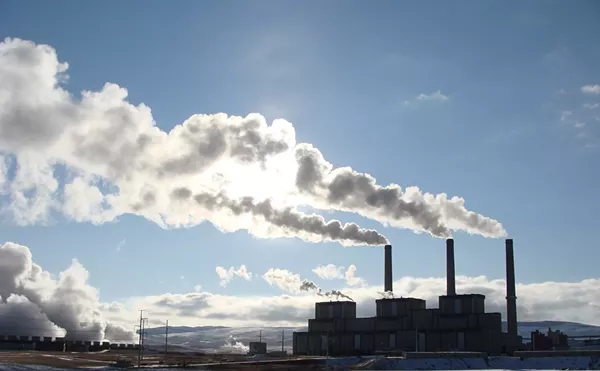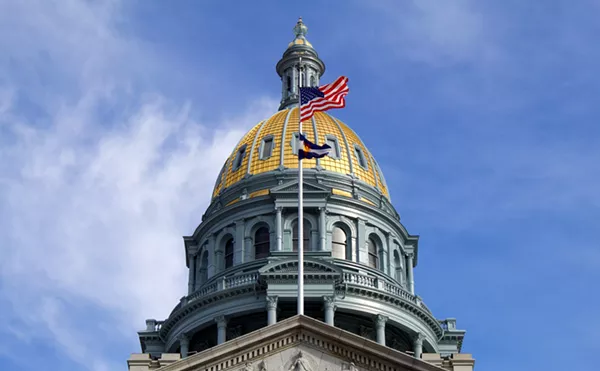The U.S. power grid is the largest and most complex machine ever built. It’s also aging and under increasing stress from climate-driven disasters such as wildfires, hurricanes and heat waves.
Over the past decade, power grids have played roles in wildfires in multiple states, including California, Hawaii, Oregon and Minnesota. When wind speeds are high and humidity is low, electrical infrastructure such as aboveground power lines can blow into vegetation or spark against other components, starting a fire that high winds then spread.
Under extreme conditions, utilities may opt to shut off power to parts of the grid in their service areas to reduce wildfire risk. These outages, known as public safety power shutoffs, have occurred mainly in California, where wildfires have become larger and more destructive in recent decades.
On April 6, Xcel Energy carried out Colorado's first public safety power shutoff, cutting power to thousands of customers ahead of an intense windstorm. Public officials and Xcel customers complained that they had not received enough warning or explanation. GovernorJared Polis has directed state regulators to investigate the incident and propose better procedures for the future.
I am an electrical and computer engineer and study efficient operation of power grids. I also live in Boulder County, where a wind-driven wildfire destroyed more than 1,000 homes in 2021. These shutoffs are likely to become more common in more places as climate-driven weather extremes stress aging grid components. This makes it important to understand and evaluate utilities’ public-safety shutoff plans.
An intricate system
Shutting off power and turning it back on — in utility-speak, de-energizing and re-energizing –— requires more than flipping a switch. The power grid is a complex system that maintains a balance in real time between electricity flowing in from generating plants and out to customers.
Power lines don’t have the capacity to store electricity for use later — it has to be used immediately. This makes the grid different from other critical infrastructure. Water networks can hold water in their pipes, and roadways can support cars at a standstill if traffic can’t flow.
Because the grid can’t store electricity, de-energizing and re-energizing have to happen in stages to ensure that changes in the demand side of the power grid are not too rapid for the supply side to adapt to. Power plants can’t turn on instantaneously. Some can start up within minutes, while others take hours, depending on their age, design and the type of fuel they use. And they generally can’t raise their output from 10 percent of their generating capacity to 90 percent with the flick of a switch.
When a utility restores power after an outage, it produces a large, instantaneous spike in power use as devices in many homes turn back on. The grid also needs time to adapt to that surge in demand. And utilities may visually inspect power lines to check for damage before restoring power.
The complexities of local grids can make it seem as though these outages are being implemented unevenly or arbitrarily. The distribution transformer serving power to your home may be completely electrically disconnected from the one serving your neighbor across the street, putting your block in the dark while the next block’s lights stay on.
And a utility may cut power because of a risk somewhere in its network that customers can’t see. It’s not always possible for utilities to fine-tune areas where power shutoffs happen.
Creating shutdown plans
California has been a test bed of sorts for public safety power shutoffs. The state’s public utility commission approved them in 2012 as a way to mitigate the potential impacts of utility equipment-induced wildfires, and it has issued regulations guiding when utilities can de-energize power lines. The regulations require power companies to notify customers in advance and submit detailed reports within ten days after each planned blackout.
Millions of Californians have experienced these shutdowns over the past decade. A 2023 review by PSE Healthy Energy, an independent research institute, found that the most affected counties, mainly in Southern California, average four to five public safety outages yearly, which on average last 48 hours.
Oregon has followed suit, adopting public safety shutdown rules in 2022, but many other jurisdictions do not yet have formal protocols in place. Instead, these critical decisions rest with utilities. Developing sophisticated plans for public safety outages requires extensive knowledge of a utility’s territory and accurate assessments of which zones are high-risk areas.
Utilities, however, don’t always have abundant sensors in low-voltage distribution grids — the portion of the system that brings power into neighborhoods — and may lack extremely granular control over individual components. In fact, unplanned outages often must be manually reported. Many utilities are installing smart meters, some of which can automatically report outages back to the utility.
Power providers are also taking other steps to strengthen their grids against disasters, such as burying power lines. But depending on the location, this strategy can easily cost up to a million dollars per mile for low-voltage distribution grids and millions of dollars per mile for high-voltage transmission lines. These projects require intricate cost-benefit calculations, and their costs ultimately will trickle down to electricity consumers.
Preparing for public-safety power shutdowns
For some people, losing power is a minor inconvenience. For others, it can mean the difference between life or death if they need electricity to keep essential medicine refrigerated, charge a portable oxygen concentrator or maintain their home temperature within a safe range.
Utilities should keep in contact with customers during every step of a public-safety shutoff, starting with alerting them to charge essential devices and take other preparatory steps. They also should move people who have medical conditions or other issues that require access to power out of the blackout zone.
To make that kind of cooperation possible, utilities will need better insight into the state of the distribution grid, more detailed models of their systems, and improved measurement and sensing strategies that can help them develop accurate and granular assessments of wildfire risk.
Finally, utilities will need to make their decisions more transparent. No one likes losing power, so it is essential for ratepayers to understand why and how these outages happen and what their utility is doing to provide power as safely and reliably as possible.![]()
Kyri Baker is an assistant professor of Building Systems Engineering, University of Colorado Boulder.This article is republished from The Conversation under a Creative Commons license; read the original article here.












